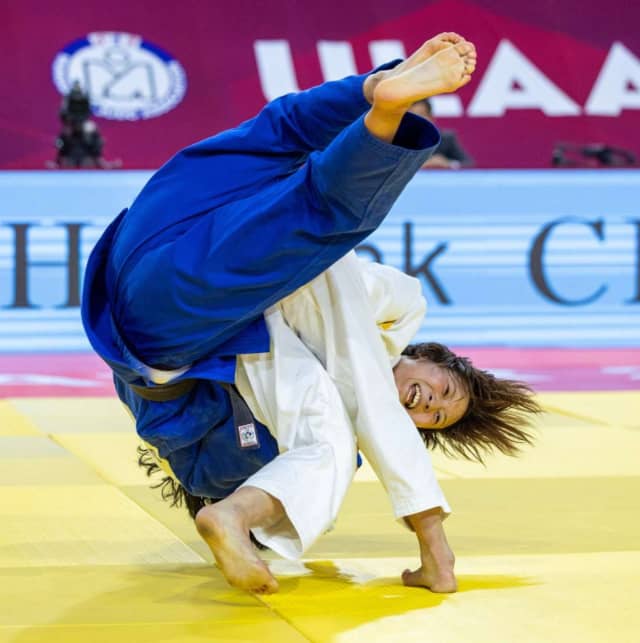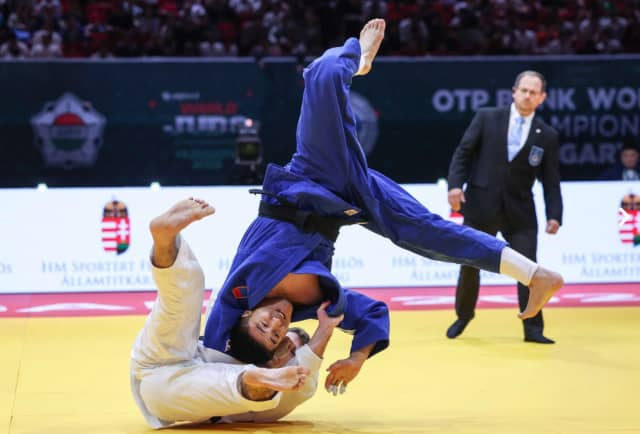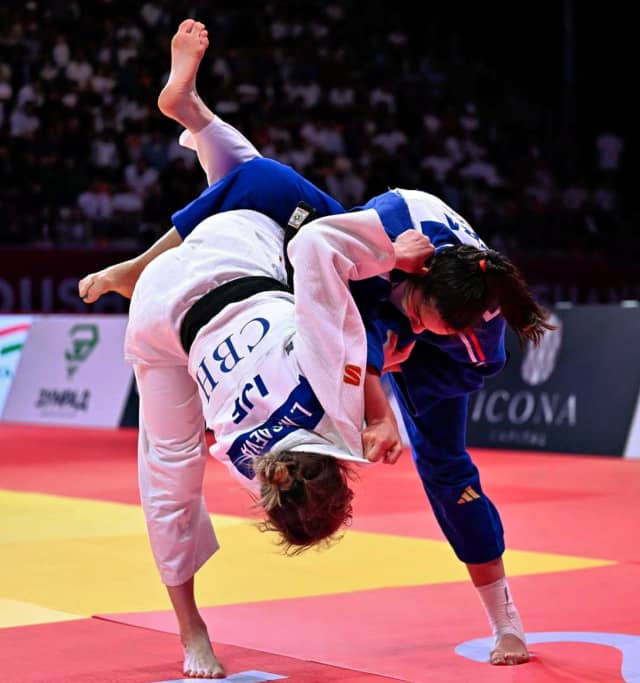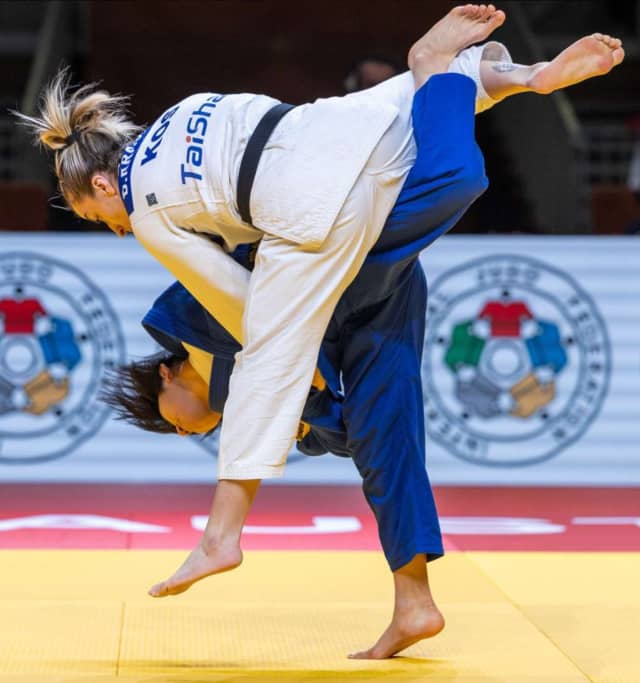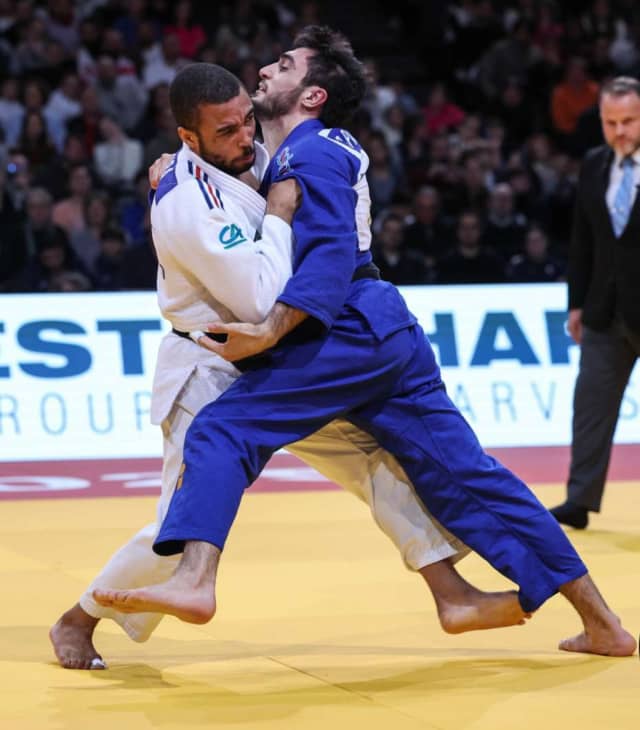As the circuit pauses for the summer, the spotlight now shifts briefly to the youth: the world cadet championships will take place at the end of August in Sofia, Bulgaria. After that, the World Tour resumes with the Qingdao Grand Prix in China from 26th to 28th September. This mid-season break offers the perfect opportunity to reflect on what has already been a spectacular start to the year.
The 2025 season launched on a high note with the iconic Paris Grand Slam (1st and 2nd February), which carried the lingering emotion and energy of the Paris 2024 Olympic Games. Returning to the French capital felt like coming full circle, back to where judo lit up the Olympic stage just a few months earlier.
Since then, the World Judo Tour has maintained a relentless and thrilling pace, with stops in Baku, Tashkent (sponsored by OTP Group), Upper Austria, Tbilisi, Dushanbe and the Qazaqstan Barysy Grand Slam. Each event brought its share of surprises, breakthroughs and world-class ippon judo.
The undoubted highlight so far was the OTP Bank World Senior Championships in Hungary. With both individual and mixed team competitions, the event not only confirmed Budapest's status as a judo powerhouse, but also elevated the standard of the entire tour. From flawless technical execution to dramatic golden score battles, the championships were a resounding success on every level.
All Emeyes are now on LA 2028, even if the race hasn’t started yet. Although qualification for the Los Angeles 2028 Olympic Games has not officially begun (2026), there’s no denying the shift in mentality. Every contest, every medal, every tactical decision already holds a gaze toward that long-term goal. Who will peak at the right moment in three years' time? It’s far too early to tell but emerging trends are already impossible to ignore.
One of the defining features of this new season has been the implementation of updated refereeing rules following Paris 2024. The aim? Faster, more positive judo, and it's working. The return to score-first judo has been welcomed across the judo world. Athletes have more freedom to attack, fans are thrilled by the action and contests are more decisive. Veterans are being forced to adapt to the new tempo, while younger judoka are seizing the moment to make their mark and climb the ranks.
The evolution isn't limited to the tatami. Tournament organisers around the globe have upped their game. With a more stable and strategically paced calendar, host cities are becoming increasingly specialised and professional in their delivery. Crowds have responded too. Attendance figures have surged and media visibility for judo has reached unprecedented levels. The momentum has carried over into the continental championships, not just at the senior level, but across the cadet and junior categories as well. These young athletes, many of whom shone on the continental stage this season, will probably be the faces of LA 2028 and even Brisbane 2032.
With momentum building on every front, from performance to presentation, judo is entering a new era. The break offers a brief moment to catch our breath but the journey is far from over. When the tour resumes in Qingdao, the second half of the season promises even more action, surprises and Olympic anticipation.

